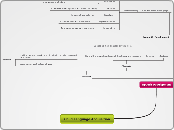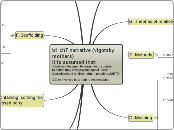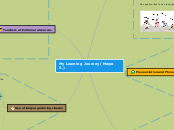AudiolingualMethod- YakupAKIN
Criticism
Positive
Negative
Subtopic
Lack of the writing and reading skills.
Behaviourism and memorization.
Roles
Teacher
The teacher is like an orchestra leader.
Providing students with a good model for imitation.
Student
Students are imitators.
Student are passive and act after their teacher.
Principles
Errors corrected immediately to prevent forming a bad habit.
Ss repeat the dialogue- language learning is a process of habit formation.
Modeling- teacher’s role as the model of the target language. (Be a good model!)
Use target language- Ss native language should interferes as little as possible with Ss attempts to acquire the target language.
Goals
Forming new habits through overcoming the old habit.
Overlearning →automatically without stopping to think
Teachers want their students to be able to use the target language communicatively.
Disadvantages
Teacher-centered education
Passive learning style for students
Disregarding the reading and writing skills
Advantages
Learning the pronunciation and meanings of target words
Speaking the target language accurately
Developing listening and speaking skillspic
Techniques
Using tape/CD/DVD player and language labs.
Memorize the dialogue (conversation).
Attentively listening.
Background
There were the needs for different languages specialists in the army.
In II WW, due to the Pearl Harbour Event, America had been involved into world conflicts.
Started after II WW, USA.









